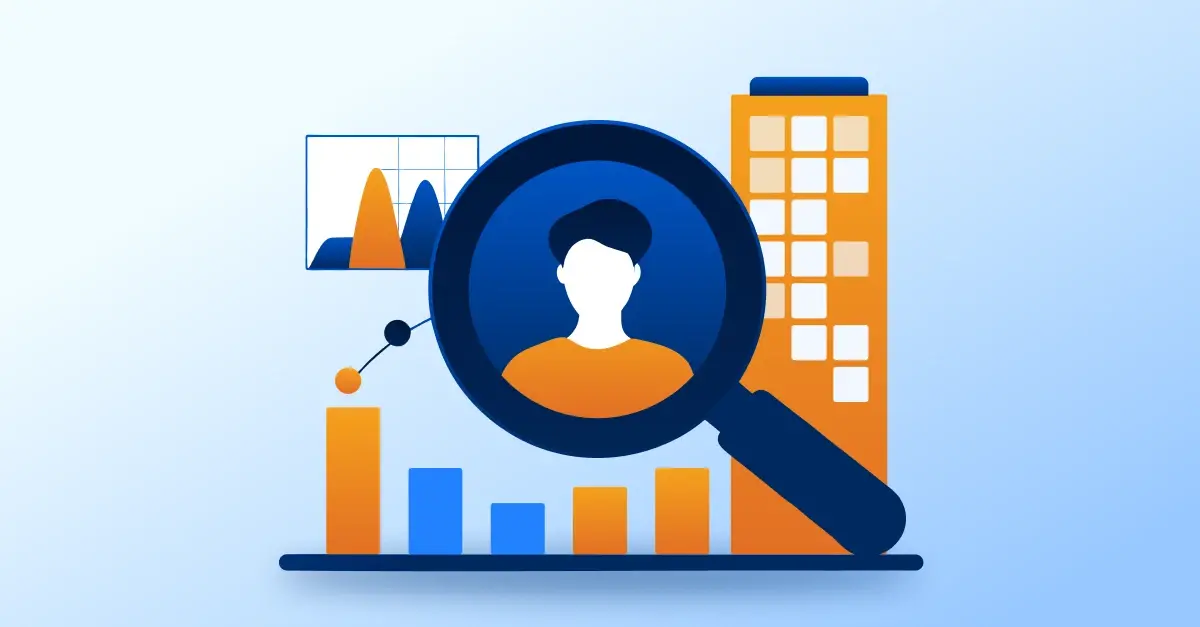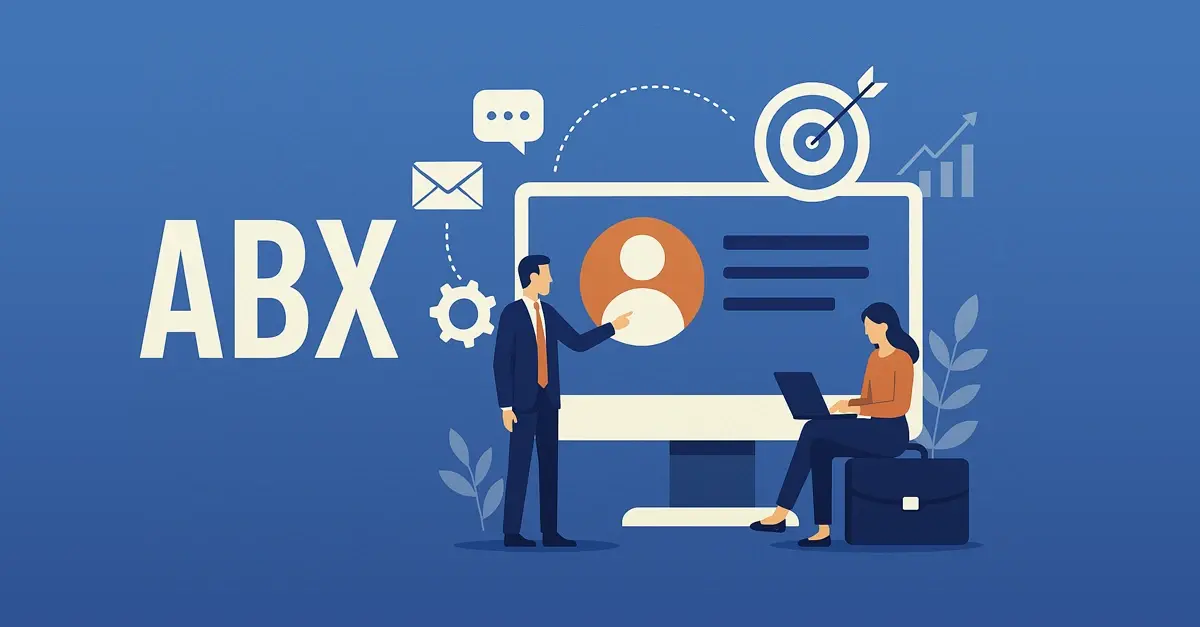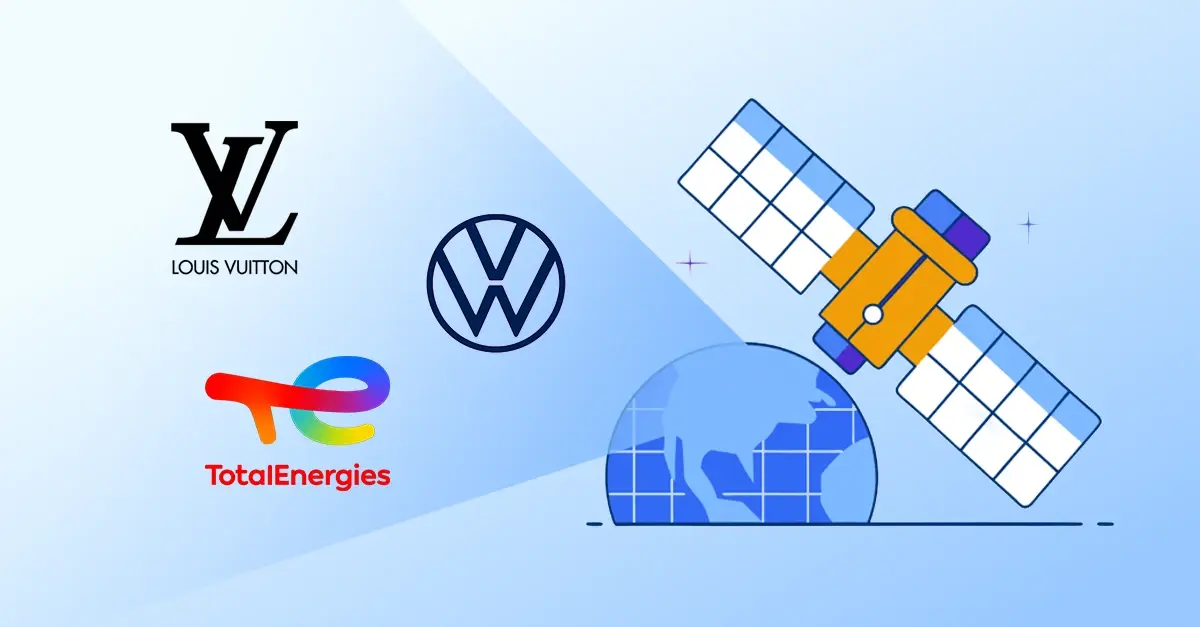B2B Contact Database.
-
B2B Contact Data: Access contact information including email, phone, mobile, social media links and more for executives and key decision makers from more than 360 million companies.
-
Global Coverage: Our database covers all 220 countries and territories, giving you access to executives and decision-makers worldwide.
-
360 Solutions: Contact data, combined with our applications and APIs, provides a range of B2B solutions that cover all the data-related activities that businesses undertake.
-
Fully Compliant Data: All data available in our database is GDPR and CCPA compliant, and meets all local norms and standards.
-
One structured format: All global formats (SIC, NACE, and more) are structured and delivered to our clients in one clear format.







